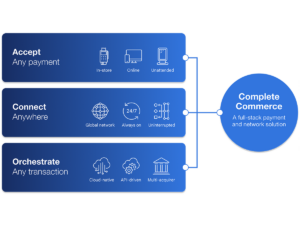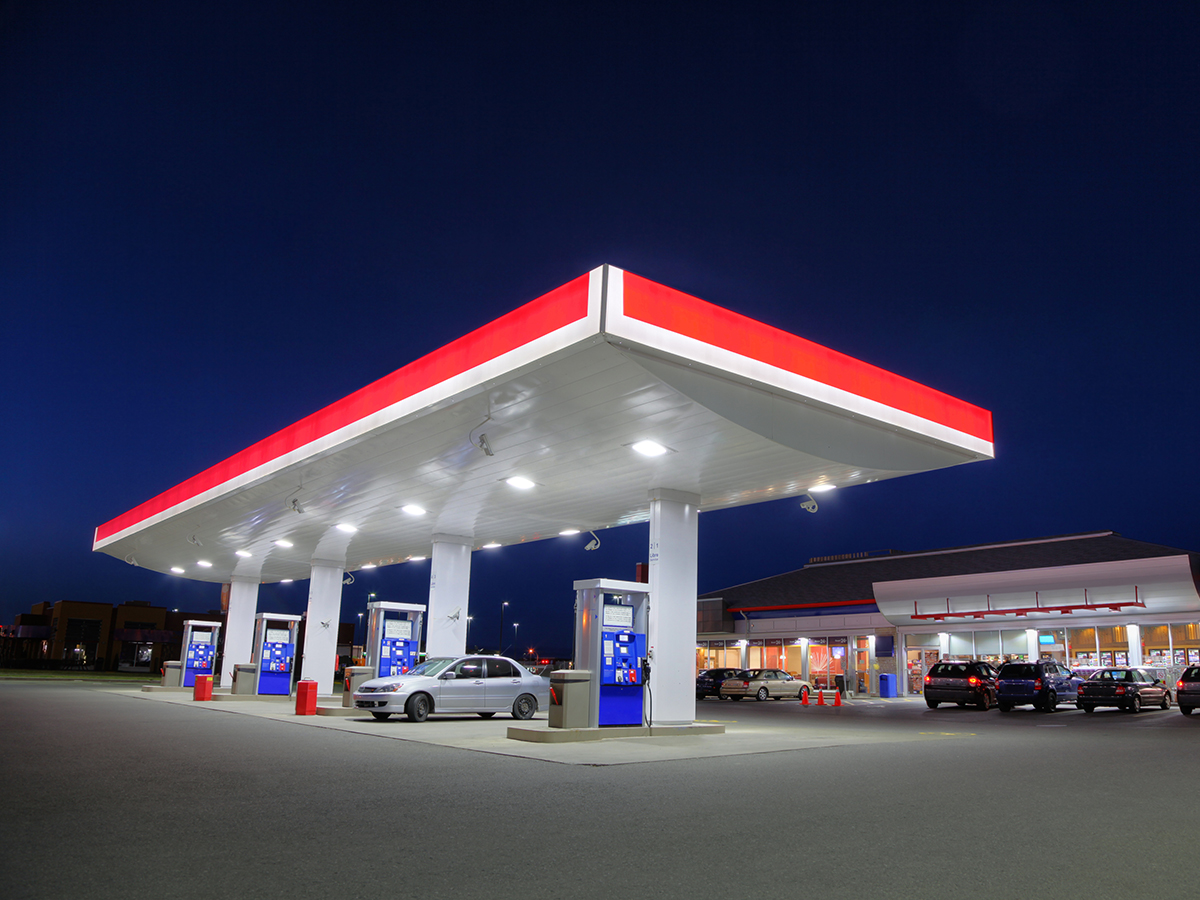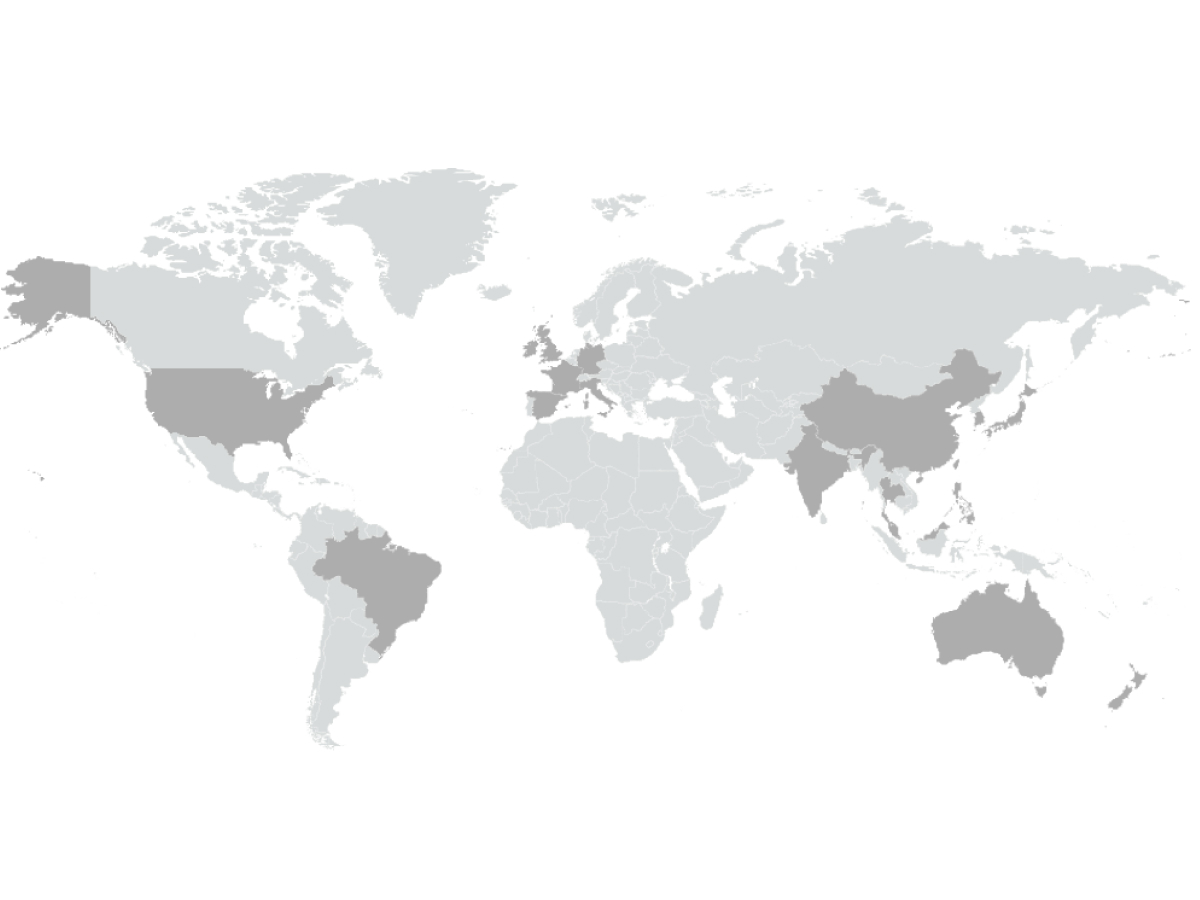While fuel retailers are facing numerous business challenges on an individual level as a result of the pandemic, COVID-19 will continue to impact the entire industry for some time yet. Two of four scenarios that McKinsey modeled found global oil prices might not recover to pre-pandemic levels until 2024; a third scenario found they might never return to past levels.
With new and old challenges impacting worldwide fuel markets, retailers need to consider adding new technologies to their business that can help them cost-effectively support their operations, attract new customers and maintain loyal fans, and securely support consumers’ growing preferences for digital and pay-at-the-pump options.
Software-defined wide-area networking (SD-WAN) is a network technology that simplifies the management and operation of a network by decoupling the networking hardware from the way it is controlled. SD-WAN allows fuel retailers to:
- Make network management more cost-effective: KPMG reported retailers across the globe are no longer able to rely on conventional forms of cost-cutting to shore up margins and rebuild after the pandemic year, and instead must invest in “improving the value of existing assets.” Fuel retailers can replace legacy networks like MPLS with SD-WAN and use broadband internet to not only gain better connectivity, but also reduce operational expenses. Internet circuits are typically one third to one half the cost of comparable-speed MPLS links, so retailers thus increase WAN bandwidth without significantly increasing WAN spending.
- Give customers convenient digital payment options: Z Energy — New Zealand’s leading fuel retailer — offers a pay-by-plate option for customers who use the retailer’s “Z app.” Customers drive up to the forecourt, and a camera reads their license plate. If the image matches the plate information listed in the customer’s app profile, the pump is unlocked. Customers can pump their fuel and then simply drive away — without swiping a card, pushing any buttons, or even scanning a phone.
A payment option like this requires a networking solution that can manage increased network traffic from smart cameras and connected back-end systems. SD-WAN uses software to route network traffic over the fastest path across multiple connections, and can segment traffic flow to prioritize business-critical data. It’s efficient, yet highly reliable, even when the same network must simultaneously support multiple high-bandwidth and/or cloud-based applications, as well as payments terminals and other systems.
- Offer customer Wi-Fi, and use it to gain insights: A growing number of fuel stations provide Wi-Fi to drivers and travelers as a way to differentiate their brand and give customers an extra perk. For instance, in the US, Love’s travel stops offer Wi-Fi access to any rewards member, and Pilot Flying J has free Wi-Fi inside every location. SD-WAN allows retailers to securely add on a Wi-Fi solution for customers without affecting the connectivity layer that supports payments terminals or other digital initiatives in a store. And Wi-Fi is not just a perk for customers. Retailers can harness analytics from the Wi-Fi to obtain valuable insights about customers’ patterns, behaviors and preferences. This allows fuel retailers with a C-store to increase sales through more strategic store layouts — placing promotional or add-on purchases near frequently traveled areas, for example.
- Securely support pay-at-the-pump options: Data from a 2020 TNS survey confirm pay-at-the-pump technology remains popular, with the majority of US adults — 78% — preferring to pay at the pump instead of paying a cashier if this option is available. Collectively, 54% of those surveyed said they were happy to use pay-at-the-pump facilities at big branded stations, but have security concerns about using these facilities at small independent stations. SD-WAN expands connectivity over a wider area, allowing fuel retailers to take payments in more places — outdoor terminals, pay-at-the-pump, and self-service kiosks — without sacrificing network reliability or speed. Depending on the equipment and/or vendor, SD-WAN can also protect sensitive personal and financial data and traffic; for example, TNS’ Secure SD-WAN is PCI DSS compliant, and offers security protocols such as anti-virus protection with anti-malware and spyware; URL filtering and TLS packet inspection; dynamic policy management; and regular firmware updates.
Replacing legacy networks with SD-WAN offers a way to simplify and secure network connectivity while reducing operating expenses and offering the digital payment options customers desire — strategies that will be essential for present and future success.
John Tait is Global Managing Director of TNS’ Payments Market business. He is responsible for identifying and driving growth across the Americas, Europe and Asia Pacific regions and is focused on meeting the unique requirements of TNS’ customers.






